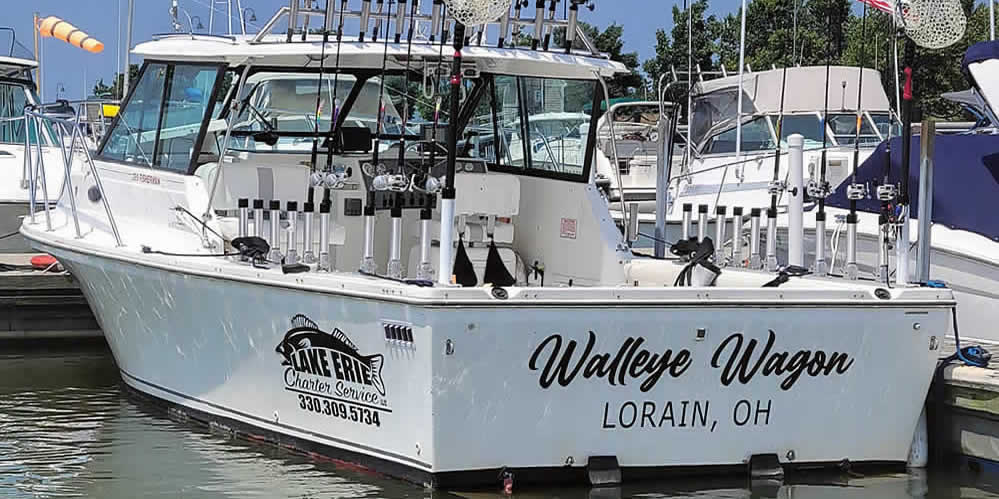Captain's Blog w/ Tom, Jeff, & Jeremy
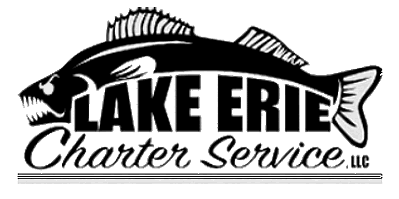
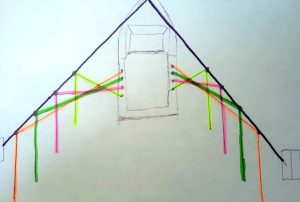
How to Run Big Planer Boards – Captain Tom Ullum
With the power of the internet these days, you can jump on the computer and learn new fishing tactics fast. With that said there doesn’t seem to be a ton of good information
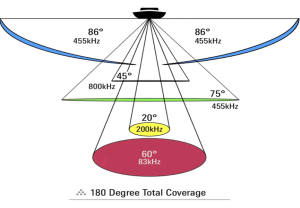
Understanding Sonar Displays – Part Two
Cone Angle The transducer’s cone angle is an important thing to consider when using sonar. Generally, lower frequencies tend to use a wider angle, and higher frequencies use narrower angles. Every manufacturer is
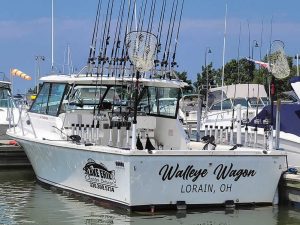
Understanding Sonar Displays – Part One
Have you heard fishermen talk about “great marks” or claims of big fish on the screen? Have you caught good numbers of fish while you’re not marking fish? Your success on Lake Erie

The Value of a Lake Erie Charter
Hire a Walleye Charter? Or “Do It Myself” Fishing? If you talk to the majority of successful entrepreneurs or business owners from just about any walk of life, the claim seems to be
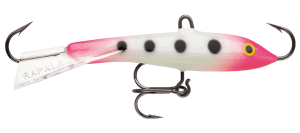
Jigging for Lake Erie Walleye
Jigging for Lake Erie walleyes can mean many different things depending on who you talk to. There are many different presentations that we fit under this umbrella. The types of jigging I intend
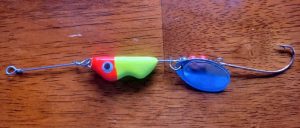
Casting & Drifting for Lake Erie Walleye
In this article, I will be covering what I feel are the important parts of cast and drift fishing. Otherwise, this could be a 300-page book – and still may not cover it
